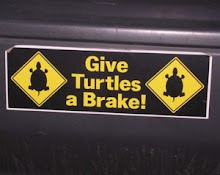Shinrin Yoku
Shinrin Yoku
As light mist hovers above the bay
Sweet morning chill greets a new day
A lone loon sings her eerie call
And it echoes through the misty wall
The stillness surrounds me in the morning light
Natures Eros and my soul unite
Surrendering to her gentle embrace
All worries and fears quickly erase
A long lost union and re-connection
Accepts all including imperfection
Sweet serenity now re-ignite
In the quiet morning light
Labels: Shinrin Yoku



